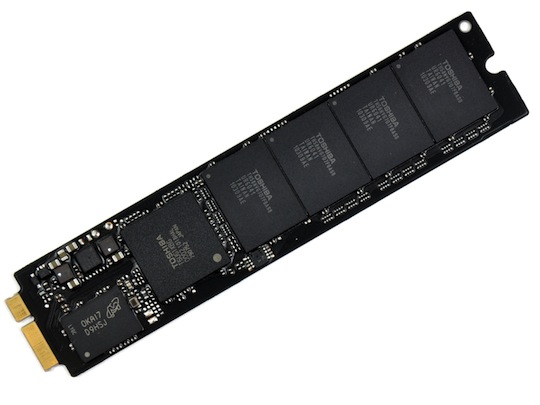If you’re like most businesses these days, your data storage requirements must have changed considerably over the last few years. Not only do you now need storage systems with much greater capacity, but also substantially higher performance. Of course, you also want to realize both benefits at a price your business can afford. Hybrid flash storage solutions seem pretty capable of meeting those requirements. Let me explain how.
As your business grows, the volume of data you produce as well as those you collect from customers, suppliers, trading partners, and employees increases; oftentimes, at a much faster pace. That’s because you no longer just accumulate structured data in relational databases. You’re also accumulating unstructured data from emails, instant messages, social media, and others, a.k.a. “Big data”. All this require storage capacities much larger than what you anticipated a decade ago.
But that’s not all. To reduce CAPEX, boost agility, and improve business continuity/disaster recovery capabilities, many of us have started investing heavily in virtualization. While virtualization reduces server costs, those virtual machines also rapidly consume storage space.
The need for vastly larger storage space can easily be met by HDD (hard disk drive) solutions. However, there is one storage system requirement that all HDD systems can’t hope to meet – performance. Today’s workloads demand much faster IOPS (Input/Output Operations Per Second), lower latency, and faster throughput than what HDD systems can provide.
High-performance storage will be needed for applications that do tasks like 3D computer modeling, heavy simulations, data mining, computational analysis, data-intensive research, and the like. These tasks aren’t very common but there are organizations who do need them.
The good news is that we now have a plethora of SSD (solid state drive) solutions that can easily meet those performance requirements. In terms of IOPS, we’re talking about a performance jump from a few tens or a couple of hundred IOPS for HDD to thousands or even tens of thousands of IOPS for SSD. HDDs can typically go only between 75 to 210 IOPS. Compare that with SSDs which can go from 5,000 to even 10 million IOPS. What’s more, the price of SSD arrays is now going down.
But it’s not all good. While the prices of SSD solutions are steadily going down, the cost for high-capacity, multi-Terabyte systems, which most enterprises now require, is still quite expensive. That means all-flash arrays are still pretty much unreachable for all but the biggest enterprises. That’s where hybrid flash storage systems can come in.
As the name suggests, hybrid flash storage arrays are a combination of SSDs and HDDs. The presence of HDDs in this type of storage array can help meet capacity requirements while the SSDs can address performance needs. This kind of architecture is actually more suitable for most data centers. Because in reality, while all your data might need to be stored, certainly not all of it will require fast read/writes.
For this reason, only data that need to be used often should be stored in the SSDs. The rest – and probably majority of your data – can be stored in the HDDs. Auto-tiering functions can ferry data between the two systems or tiers to adapt to actual data processing needs. All-flash arrays are definitely faster; no question about it. But why break the bank for it if only a small fraction of your data need to be read/written quickly?
If you want to achieve a substantial improvement in data storage performance and capacity in the most practical way, then it’s probably time to take that leap unto hybrid flash storage.
Entrepreneur and Marketing Specialist
https://www.linkedin.com/in/kovacsd
